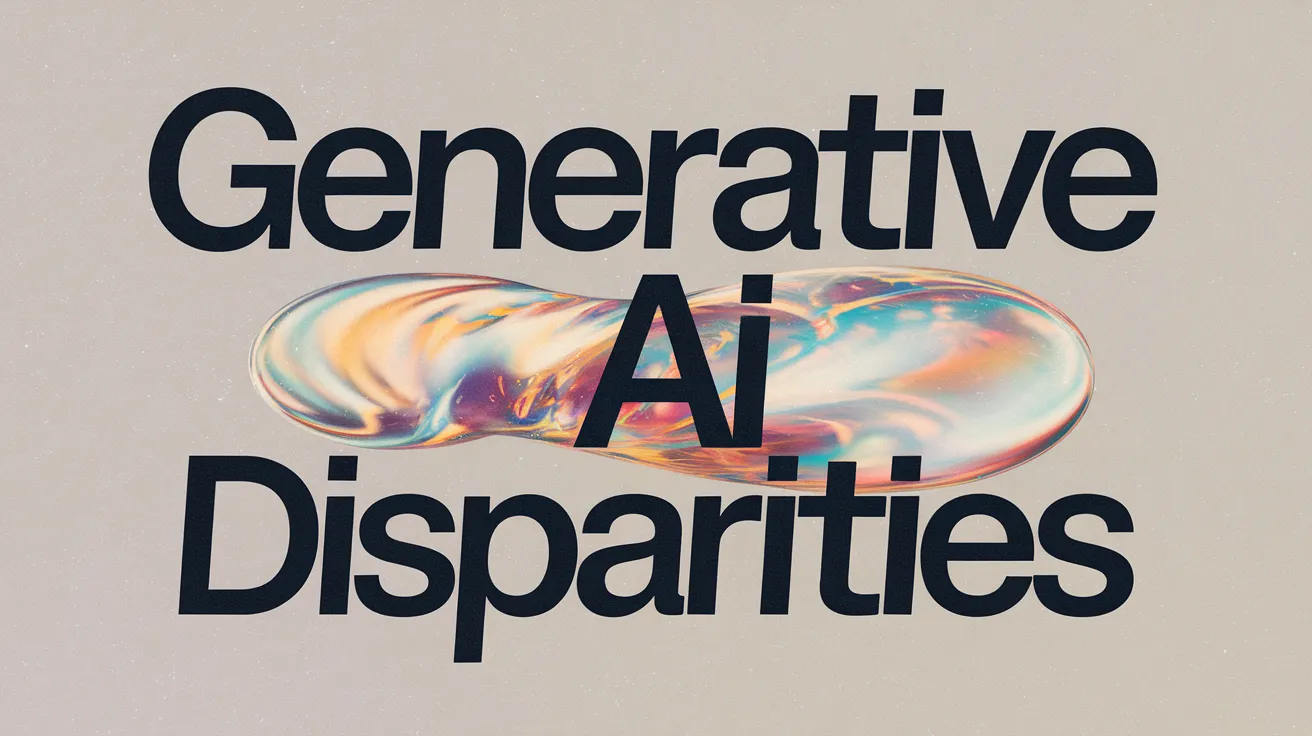Generative AI Disparities in Business Roles

Disparities in Perceptions of Generative AI
According to a new report from Publicis Sapient, significant disparities exist between C-suite executives and practitioners—dubbed the “V-suite”—regarding their perceptions and adoption of generative AI. The findings highlight a contrasting focus: while C-suite leaders center their attention on high-visibility use cases such as customer experience, service delivery, and sales enhancements, the V-suite identifies potential within various functional areas, including operations, human resources, and finance.
Concerns Over Risk Perception
The report outlines stark differences in risk perception between the two groups. A notable 51% of C-level respondents expressed heightened concerns related to the risks and ethics of generative AI, compared to just 23% of the V-suite. Simon James, Managing Director of Data & AI at Publicis Sapient, suggested that C-suite concerns often revolve around abstract threats, such as dystopian scenarios of superintelligent AI, which differ from more immediate challenges faced by operational leaders.
Challenges in Measuring Success
Organizations struggling with defining success in their generative AI initiatives also exhibit varying degrees of maturity in implementation. More than two-thirds of respondents reported lacking a clear method to measure the outcomes of their generative AI projects, highlighting a gap in formal evaluation processes.
Transforming Back-Office Functions
Despite the C-suite’s primary focus on customer-facing use cases, generative AI is making significant inroads into back-office applications. More than half of the V-suite participants acknowledge the importance of generative AI in finance and operations in the upcoming three years, indicating a more pragmatic approach towards its capabilities compared to their C-suite counterparts.
Recommendations for Maximizing Innovation
To maximize the potential of generative AI, the report recommends a holistic portfolio approach to innovation projects. Suggested strategies include delivering concrete projects, managing shadow IT, reducing redundancy, empowering domain experts, and fostering collaboration between the business and IT units along with the risk management team. Daniel Liebermann, Managing Director at Publicis Sapient, noted the complexity of understanding how employees leverage tools like ChatGPT and Microsoft Copilot within their workflows, equating it to recognizing broader internet usage patterns.
Bridging the Gap for Future Success
In conclusion, bridging the divide between the C-suite and V-suite will be essential for unlocking the full potential of generative AI within organizations. The report underscores the importance of a decentralized, bottom-up approach to drive innovation. As generative AI solutions continue to evolve, organizations that embrace these shifts and focus on empowering their teams will be best positioned for transformative business outcomes.